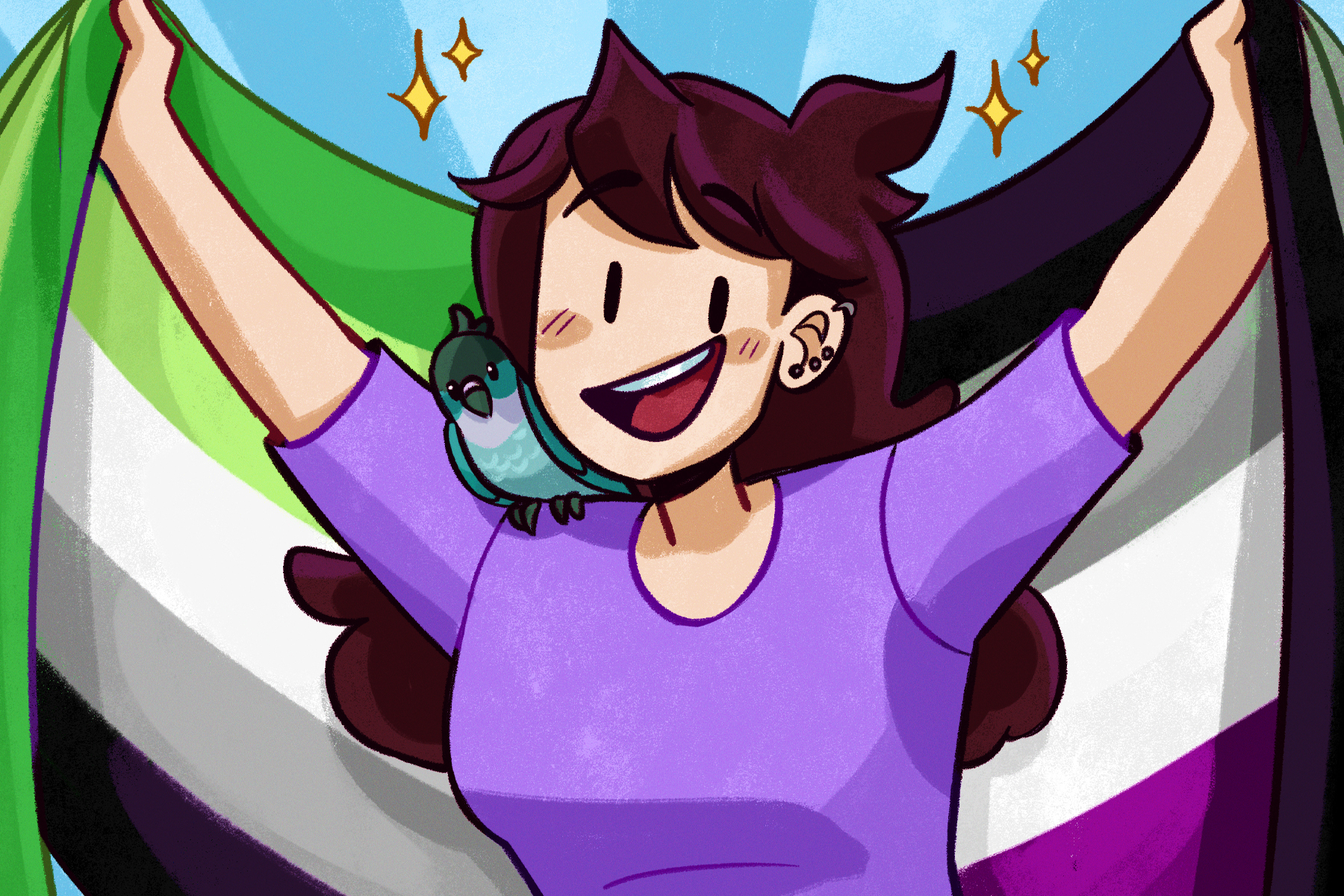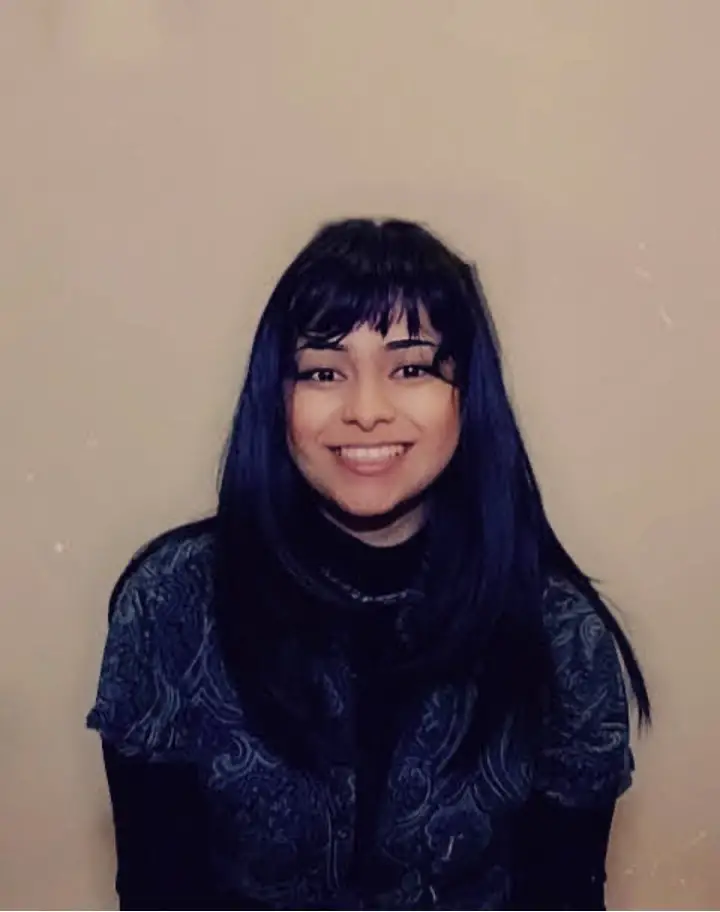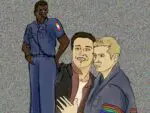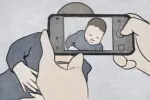In a 15-minute video posted on March 20, popular YouTube animator Jaiden Animations, came out as “aro-ace,” or asexual aromantic. In the video titled “Being Not Straight,” Animations briefly explains that she, after years of confusion, recently discovered that she is aro-ace and while she respectfully chooses to not cross the line between personal and para-social, Animations hopes that her video will bring awareness to the community. But first of all, what does aro-ace mean?
What Does Being Aromantic Mean?
In June 2015, AVEN (The Asexual Visibility & Education Network) forum user Orbit first coined the term “aromantic” along with the other labels underneath the aromantic spectrum umbrella. Aromantic, as its own label, describes people who do not experience romantic attraction toward others regardless of gender or sexual orientation. As an umbrella term, aromanticism covers two main labels: demi-romantic, or the ability to only develop romantic feelings after forming a deep friendship beforehand, and gray-romantic, a person who rarely feels romantic attraction or is in the process of questioning their romantic orientation. There also exist several lesser-known labels such as aroflux, cupioromantic and lithromantic, among others that can be further researched on the LGBTQIA+ wiki page.
In 1977, Professor John Paul De Cecco and sex researcher Michael G. Shively published “Components of Sexual Identity,” an article that explores what the authors consider the “four components of sexual identity” and how each plays a role in forming an individual’s orientation. Within this article, the authors introduce the idea that sexual orientation can be separated into two categories: physical preference and affectional preference. Physical preference describes a person’s desire for a sexual partner of their preferred gender(s) and affectional preference is similar, but for an emotional partner of their preferred gender(s). From De Cecco and Shively’s research, the concept of the “split attraction model,” or the visual representation of the separation between romantic attraction and sexual attraction, came about.
In early 2015, Tumblr user cupidisco re-introduced the concept under a new name, although this time in a negative light by using the split attraction model to accuse those in the a-spec community of homophobia. The abuse of what the split attraction model represented found fault in those who used the model to justify their own alleged internalized homophobia and in response, the a-spec community reclaimed the model for its intended use.
What Does It Mean To Be Asexual?
Asexuality, just like aromanticism, is an umbrella term but as an individual label, it refers to people who do not experience sexual attraction toward others, regardless of gender or romantic orientation. Under the asexual umbrella, there are two distinct orientations, demi-sexual and gray-asexual, which mirror their romantic counterparts. Demi-sexual refers to not developing sexual attraction to another person without first forming an emotional bond, and gray-asexual refers to experiencing sexual attraction toward others within a limited range or capacity. Within the asexual community, there are individuals who are either repulsed, indifferent or completely willing to experience intimacy, all for their own reasons.
Similar to De Cecco and Shively’s “Components of Sexual Identity,” the author of “Theories of Sexual Orientations,” Michael D. Storms, created his own interpretation of attraction by developing a scale named the Storms’ model. Comparable to the design of the Punnett square, the Storms’ model is separated into four quadrants: homosexual, bisexual, asexual and heterosexual. The model’s y-axis is labeled “homo-eroticism,” pushing vertically up the scale toward the high end of the “homosexuals” quadrant. The x-axis is labeled “hetero-eroticism,” placed horizontally along the scale toward the high end of the “heterosexuals” quadrant. The “asexuals” quadrant is labeled on the lower left quadrant between the two axes, putting it, in Storms’ eyes, on a plane that exists outside the realm of attraction.
Despite the existence of asexuality and aromanticism in history, the labeling and documentation of the two orientations was rare before the early 2010s. Although knowledge of the distinct identities in the LGBTQ+ community is now known within mainstream society, the lesser talked about orientations are still yet to be fully explored.
The Importance of Animations’ Representation
In the case of Jaiden Animations, her orientation is aro-ace or aromantic asexual. While the two are not mutually exclusive, aro-ace, when experienced together, is even seen as its own orientation in the a-spec community.
In her video “Being Not Straight,” Jaiden Animations recalls several points in her life that, while not applicable to every single aromantic or asexual person, check off a majority of common aro/ace experiences. At the start of the video, she states, “Growing up, I never developed crushes on anyone. I remember when I was in fifth grade, kids were talking about their crushes … and I felt like that was something I had to experience, too, because I thought that’s just what happens.”
Throughout her life, Animations noticed that in certain moments, she experienced what she felt might be romantic attraction for a person. However, Animations realized that when she, in her own words, gets “tunnel vision on people I think are really cool or interesting and kind of obsess over getting to know them or just want to spend time with them,” it’s more of a desire to be close to the person platonically; upon asking herself if she felt genuinely romantically attracted to that person, she responded with indifference.
Aromantic and asexual are terms that are a little more than 10 years old and, at a time when the public is more aware of the variety of orientations that exist now, it’s interesting that Animations or others didn’t learn about them until just recently. This goes to show that asexual and aromantic representation is limited within society and media, and at some points, is actively avoided, such as with “Riverdale” character Jughead Jones (Cole Sprouse), who in the “Archie” comics shows traits of asexuality. A number of others shows, like “House M.D.,” portray asexuality as an issue that needs to be fixed rather than embraced. But on the flipside, animated Netflix sitcom “BoJack Horseman” delves into the concept of asexuality and normalizes its existence in the Season 4 episode “Hooray! Todd Episode!,” where the character Todd Chavez (Aaron Paul) proudly comes out as asexual to his friends. And in the past, other famous people have also come out, for example, singer-songwriter Cavetown, Mexican singer Ana Gabriel and anime voice actor Erica Mendez.
Jaiden Animations’ video sits at 9.9 million views 10 days post-release. Toward the video’s end, Animations comments that after figuring out she was aro-ace, she felt more empowered and capable, but also started to “feel more alone and isolated” and realizes that they are difficult orientations to understand, especially in a society where romance and intimacy are the No. 1 hot topics. With another person added to the “well-known aro-ace” list, hopefully Animations’ wish to “get more representation out there” for both orientations will help more people find out something new about themselves and empower others to do the same.

















